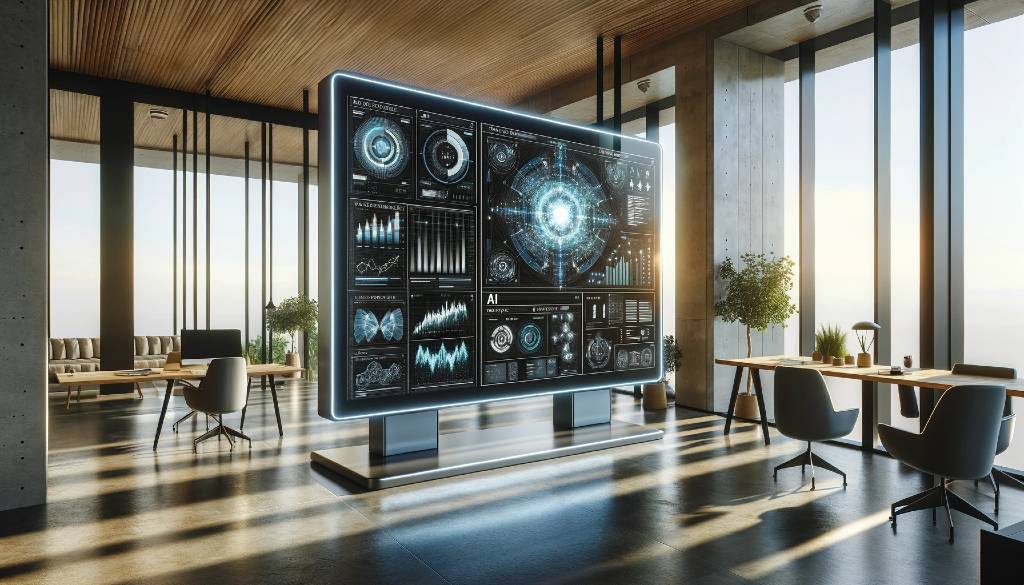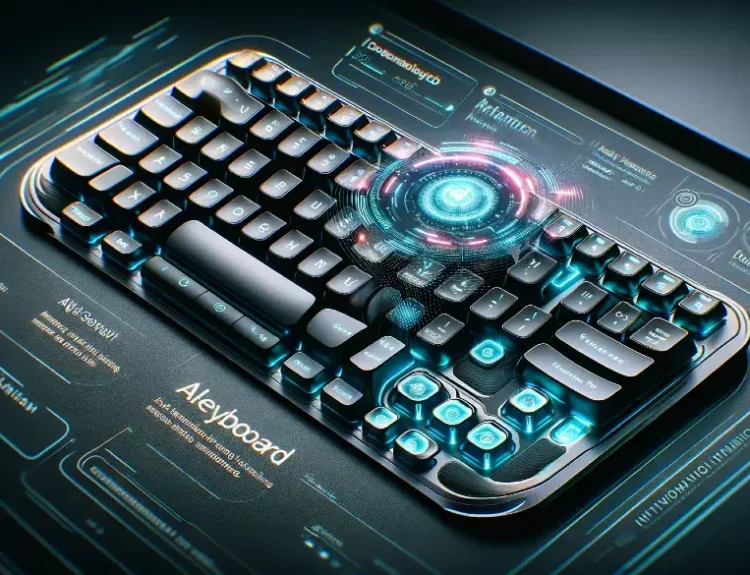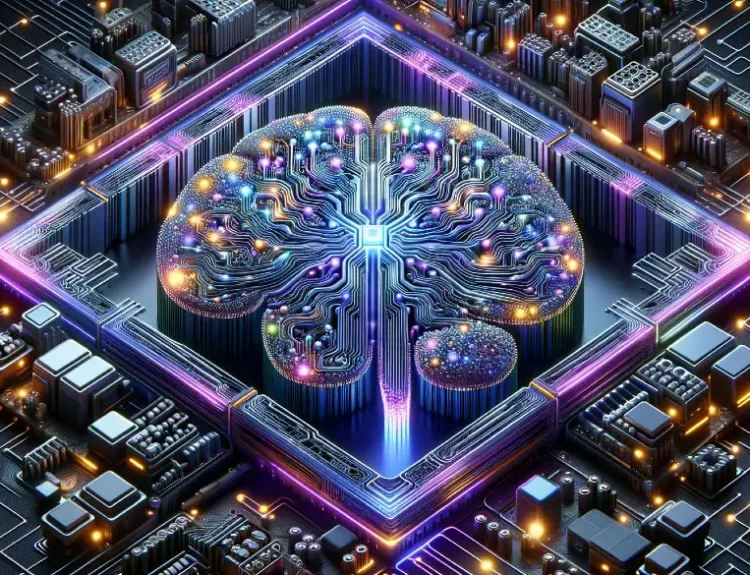Introduction
Imagine a computer screen that adapts to you, not the other way around. A display that anticipates your needs, adjusts settings for optimal comfort, and even protects your eyes from fatigue. This isn’t science fiction – it’s the future of display technology powered by Artificial Intelligence (AI).
Forget the days of fiddling with brightness and contrast settings. AI-powered screens are on the horizon, promising a personalized and intelligent user experience unlike anything we’ve ever seen before. Buckle up, because we’re about to dive into the exciting world of AI integration in computer screens, exploring how this technology can revolutionize the way we interact with our digital world.
The Rise of AI-powered Computer Screens
The traditional computer screen, while a marvel of technology, offers a one-size-fits-all approach. But what if your display could understand your needs and preferences? Enter AI, the game-changer poised to transform the way we interact with our screens.
AI, or Artificial Intelligence, refers to the ability of machines to mimic human cognitive functions like learning and problem-solving. In the context of computer screens, AI takes the form of sophisticated algorithms that analyze user behavior and environmental factors to optimize the display experience. Imagine an AI system that:
- Learns your preferences: Over time, the AI can recognize your ideal brightness, contrast, and color temperature settings, automatically adjusting them for different tasks (e.g., brighter for editing photos, warmer for evening reading). (This utilizes target keywords: AI algorithms for screen calibration)
- Adapts to your environment: The AI can analyze ambient light levels and adjust the screen’s output accordingly, ensuring optimal viewing conditions regardless of your location. (This incorporates the concept of AI for content optimization)
- Prioritizes your well-being: By learning your usage patterns, the AI can adjust settings to reduce eye strain. This might involve lowering blue light emission at night or reminding you to take breaks to prevent fatigue. (This highlights the target keyword: AI for eye care)
These are just a few examples of how AI is poised to revolutionize the way we interact with computer screens.
Benefits of AI-enhanced Displays
The integration of AI into computer screens isn’t just about fancy features; it’s about creating a more comfortable, productive, and personalized user experience. Here are some of the key benefits to look forward to:
- Personalized Display Settings (Target Keyword): No more endless tweaking! AI tailors the display to your individual preferences, ensuring optimal viewing for any task.
- Enhanced Image and Color Accuracy: AI can analyze content and adjust settings to deliver the most accurate and vibrant colors possible, whether you’re editing photos, watching movies, or gaming.
- Reduced Eye Strain: By automatically adjusting settings like brightness and blue light emission based on usage patterns and ambient light, AI can significantly reduce eye strain, leading to a more comfortable viewing experience. (This reiterates the target keyword: AI for eye care)
- Enhanced Productivity (Target Keyword): With a display that adapts to your needs and minimizes distractions, you can focus on tasks more effectively and get more done.
- Increased Comfort and Accessibility: AI can personalize settings for users with visual impairments, creating a more inclusive and comfortable viewing experience for everyone.
By offering these benefits, AI-enhanced displays promise to revolutionize the way we use our computers, making them not just tools but intelligent companions that understand and adapt to our needs.
The Future of AI in Display Technology
The future of AI in display technology is brimming with possibilities. We can expect to see advancements that take the user experience to a whole new level, such as:
- Integration with Smart Assistants: Imagine seamlessly controlling your display settings with voice commands or having your smart assistant automatically adjust your screen based on the task at hand.
- Context-Aware Displays (Target Keyword): Displays that adapt to your current activity – for example, dimming the screen and switching to a reading mode when you’re working with text, or automatically adjusting brightness and color for optimal gaming performance.
- Emotion Recognition for Content Recommendation: AI could analyze your facial expressions to suggest content that aligns with your mood. Imagine a display that recommends a relaxing nature documentary when it detects you’re feeling stressed, or a funny video when you look downcast.
- Integration with the Internet of Things (IoT): AI-powered screens could seamlessly interact with other smart devices in your environment, creating a truly connected and personalized user experience.
These are just a few glimpses of what the future holds for AI-powered displays. As AI technology continues to evolve, we can expect even more innovative features that redefine the way we interact with our digital world.
Conclusion
The future of computer screens is undoubtedly intelligent. AI integration promises to transform the way we interact with our displays, creating a personalized and adaptable experience that prioritizes comfort, productivity, and well-being. From automatic adjustments to user preferences and environmental factors to the potential for context-aware features and seamless integration with other smart devices, AI is poised to revolutionize the user experience.
Verdict isn’t just another AI platform. We’re building a future where Artificial Intelligence (AI) – specifically Machine Learning (ML) and even Artificial General Intelligence (AGI) – evolves through real-world interactions and the collective wisdom of our community.
Here’s the connection: Every search you perform, every conversation you have, and every piece of information you share on Verdict contributes to building an AI that understands and grows alongside you. These interactions become the building blocks for a transformative future.
We’re on a collaborative journey to develop an AI that reflects the richness of human experience. It learns from our diverse perspectives, grows from our shared knowledge, and ultimately becomes an extension of our collective intelligence.
Want to delve deeper into the world of AI? Check out our blog posts on:
- AI for Computer Hard Drives: Discover how AI is optimizing storage solutions for faster access times and improved performance.
- How AI Makes Decisions: Explore the fascinating world of AI decision-making algorithms and their impact on various industries.
We hope you enjoyed this exploration of AI and its potential to revolutionize the way we interact with computer screens. Stay tuned for further insights and exciting developments in the world of AI technology!










